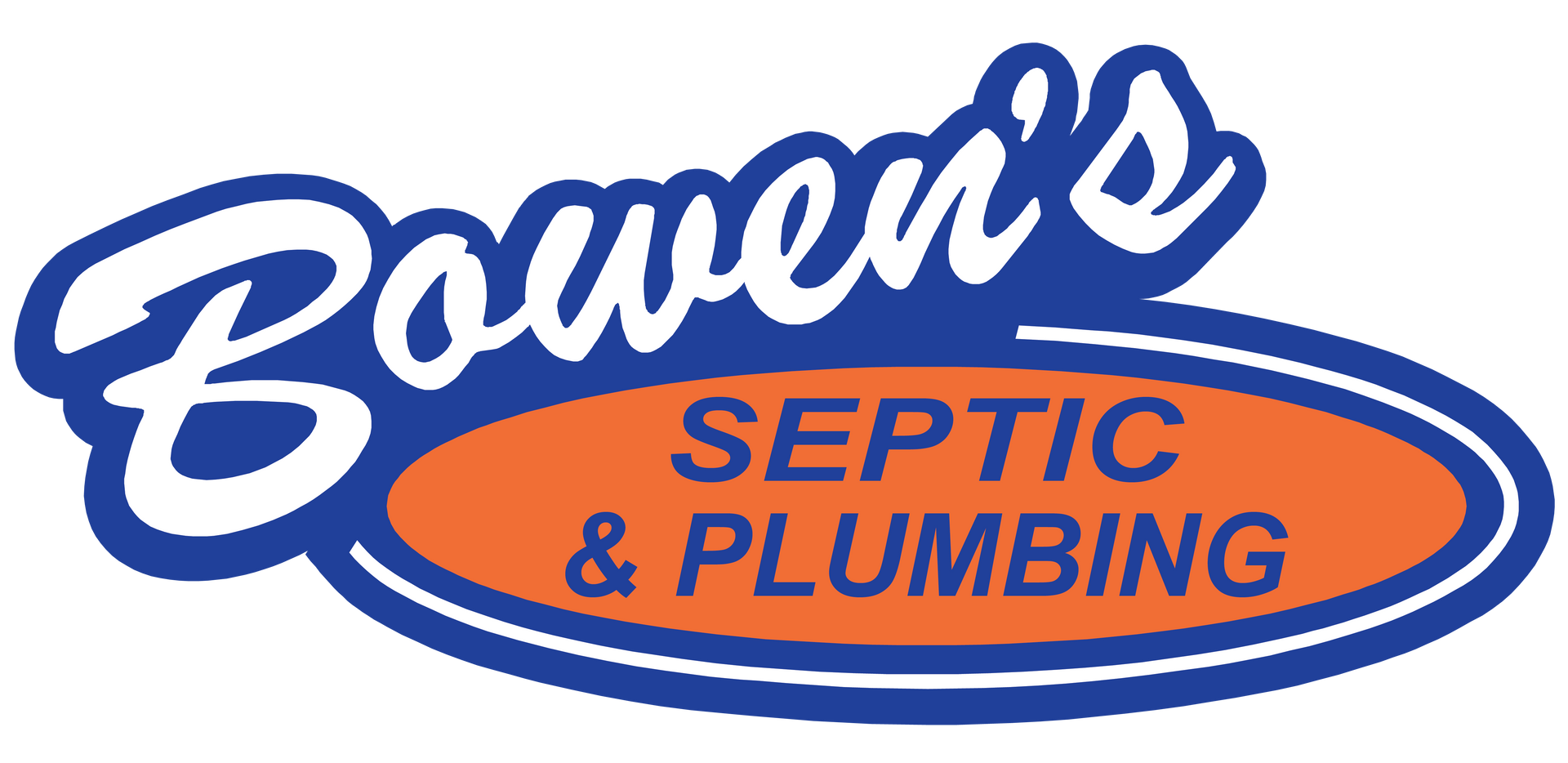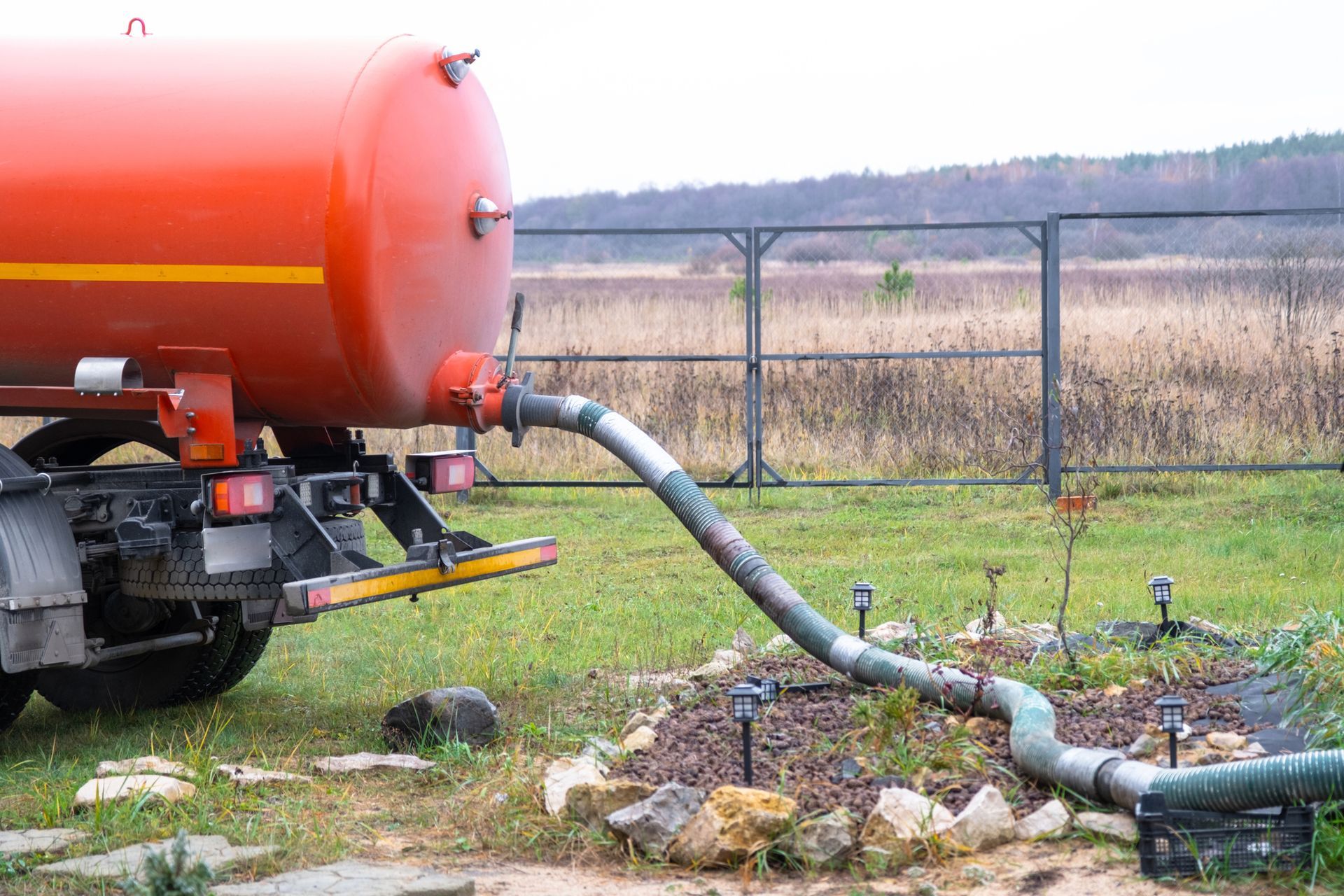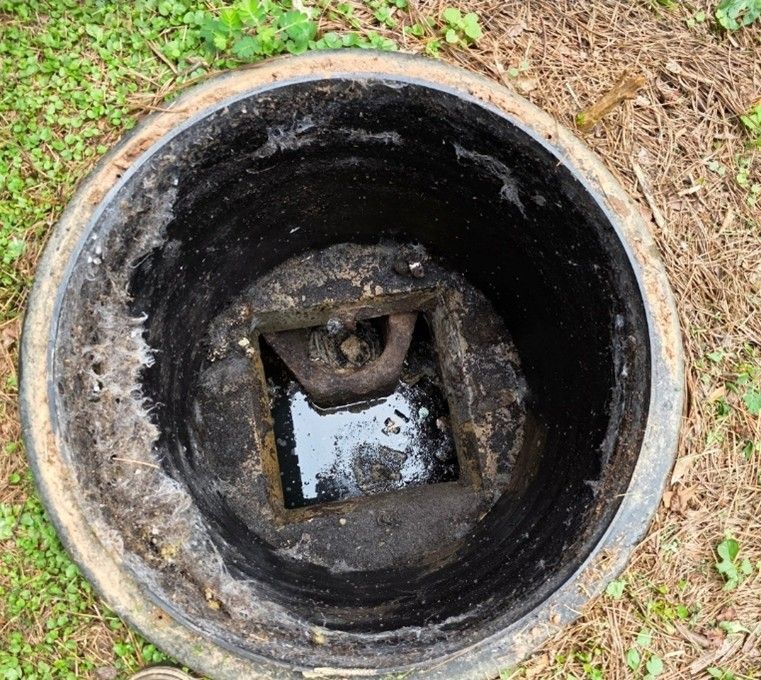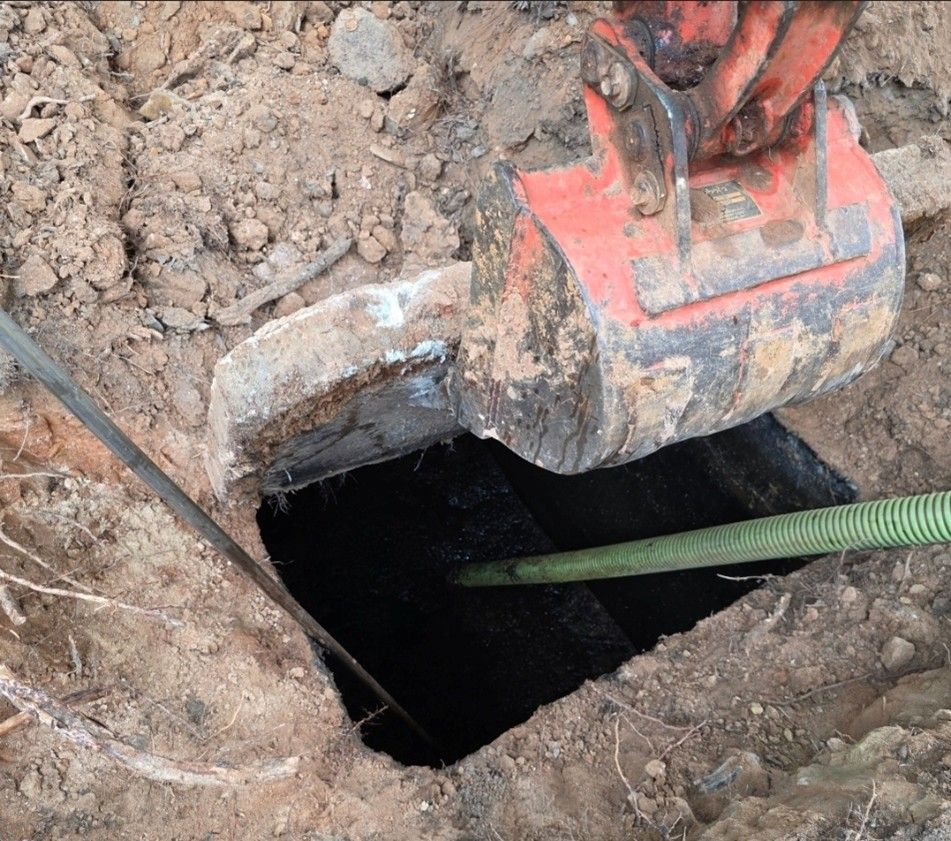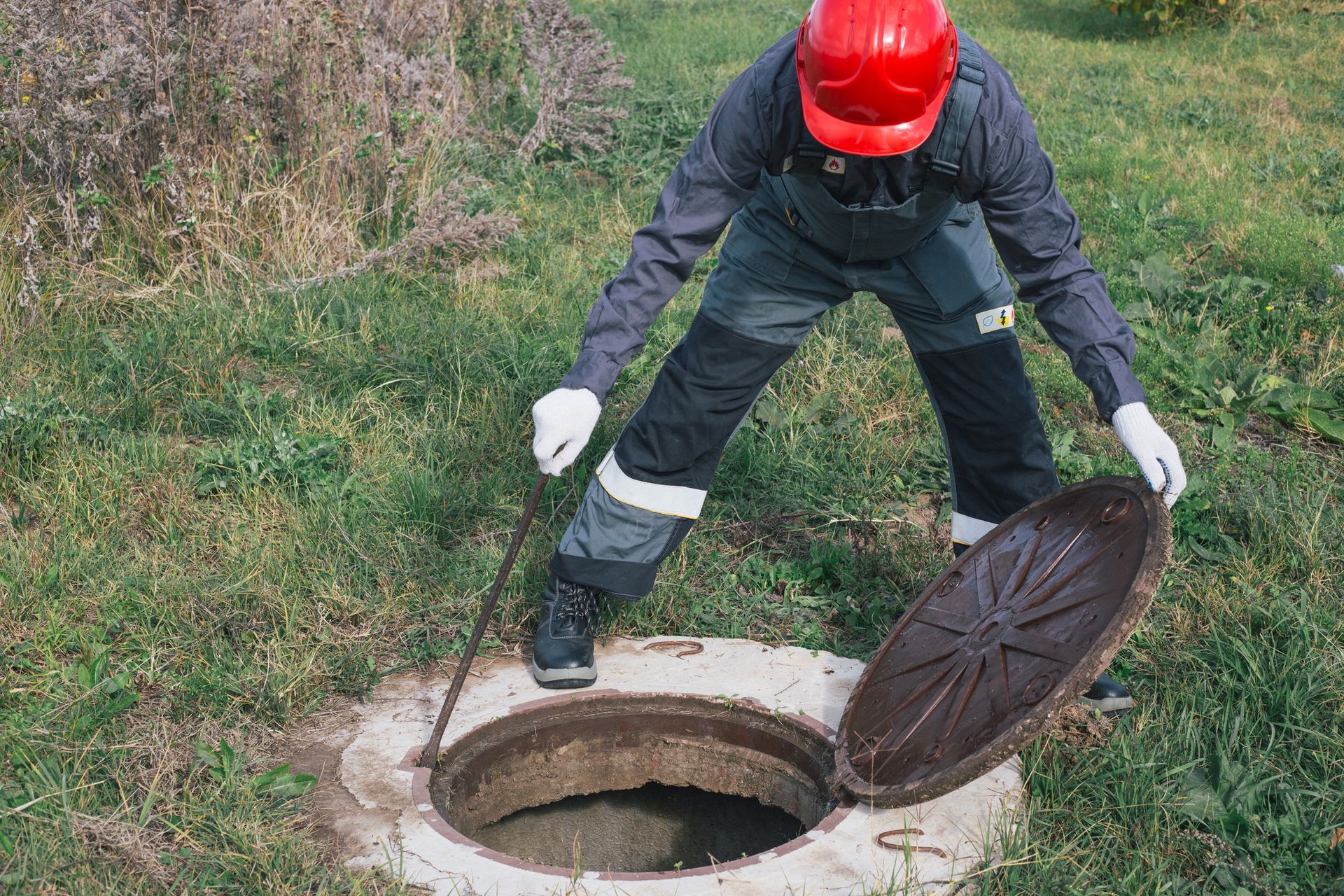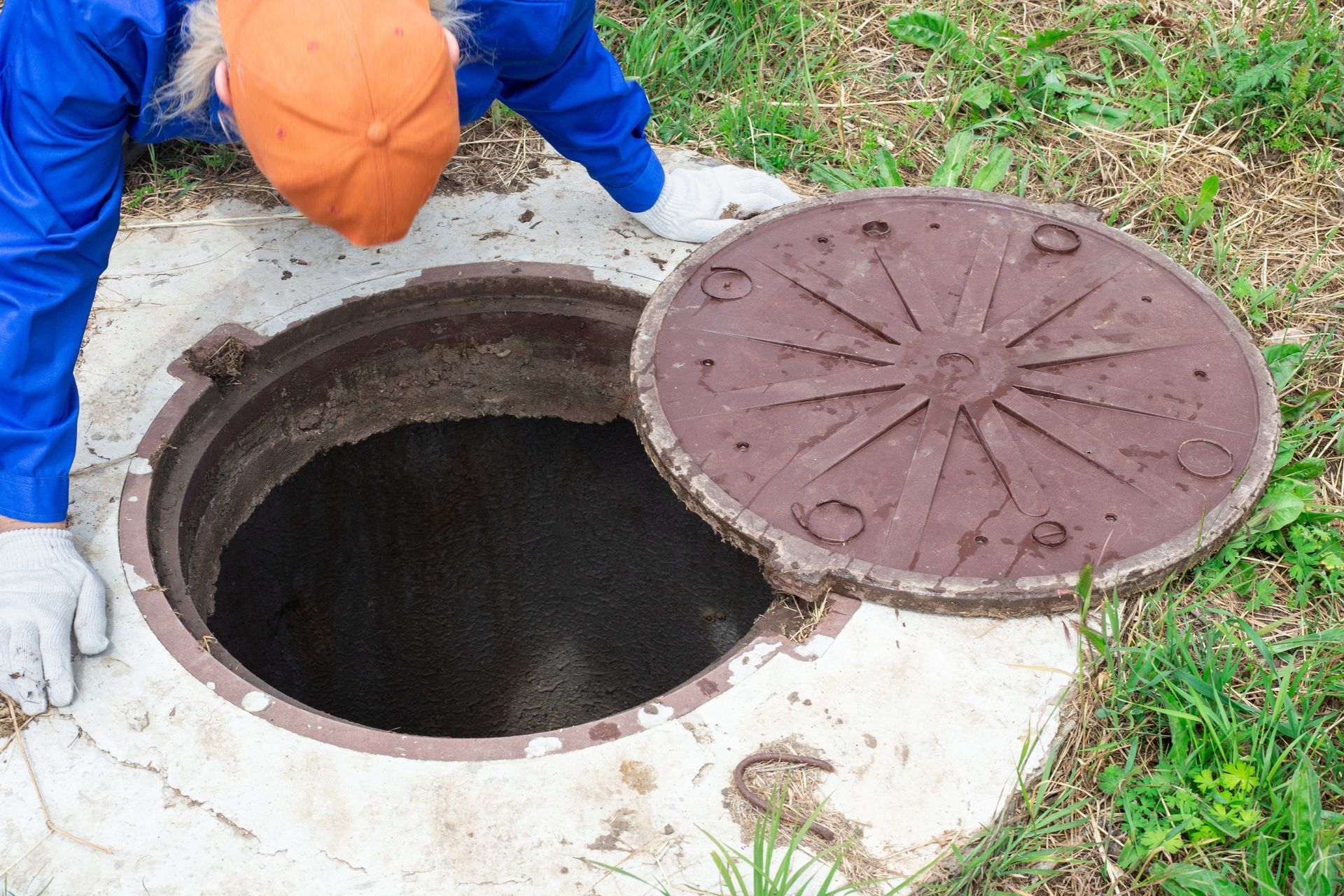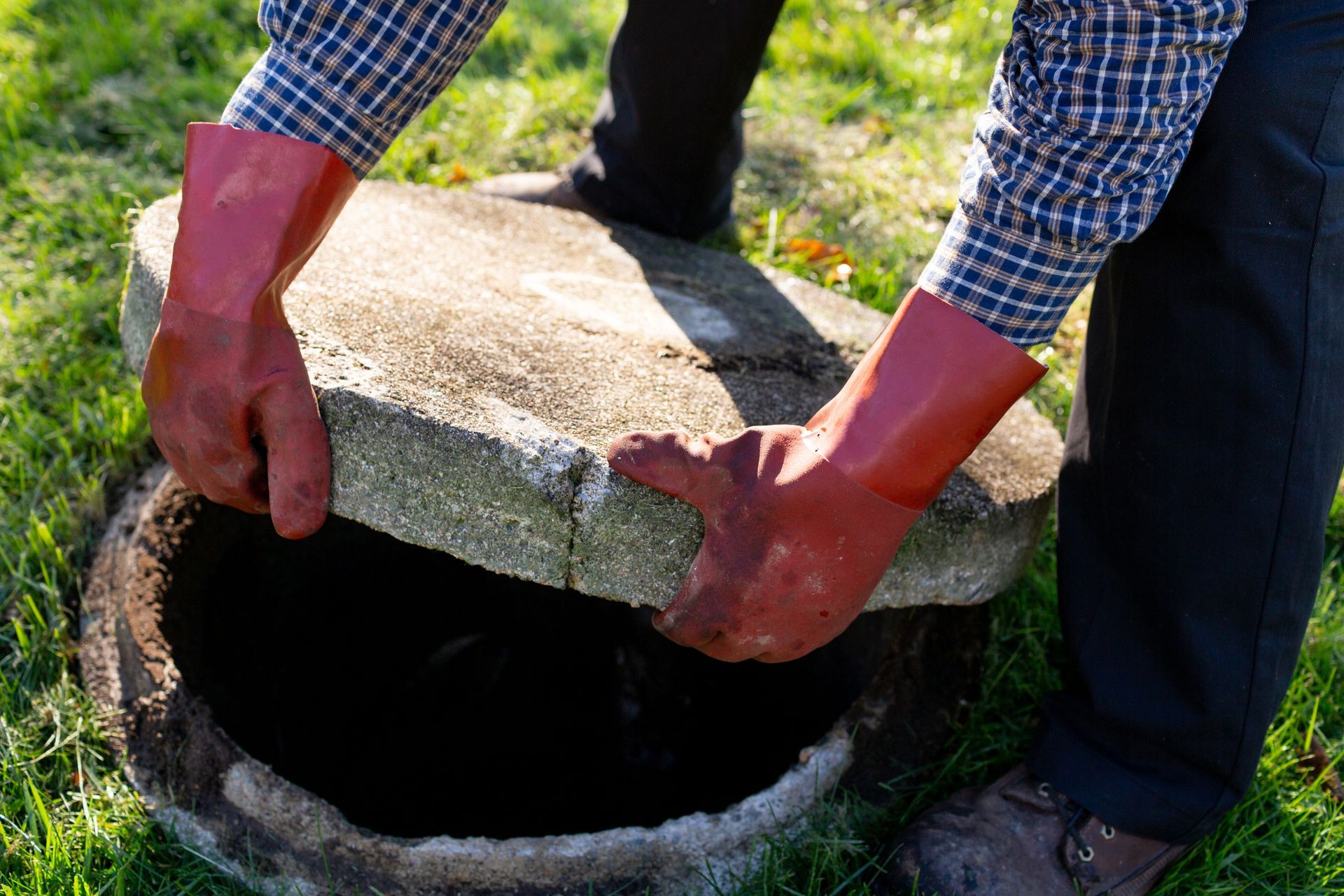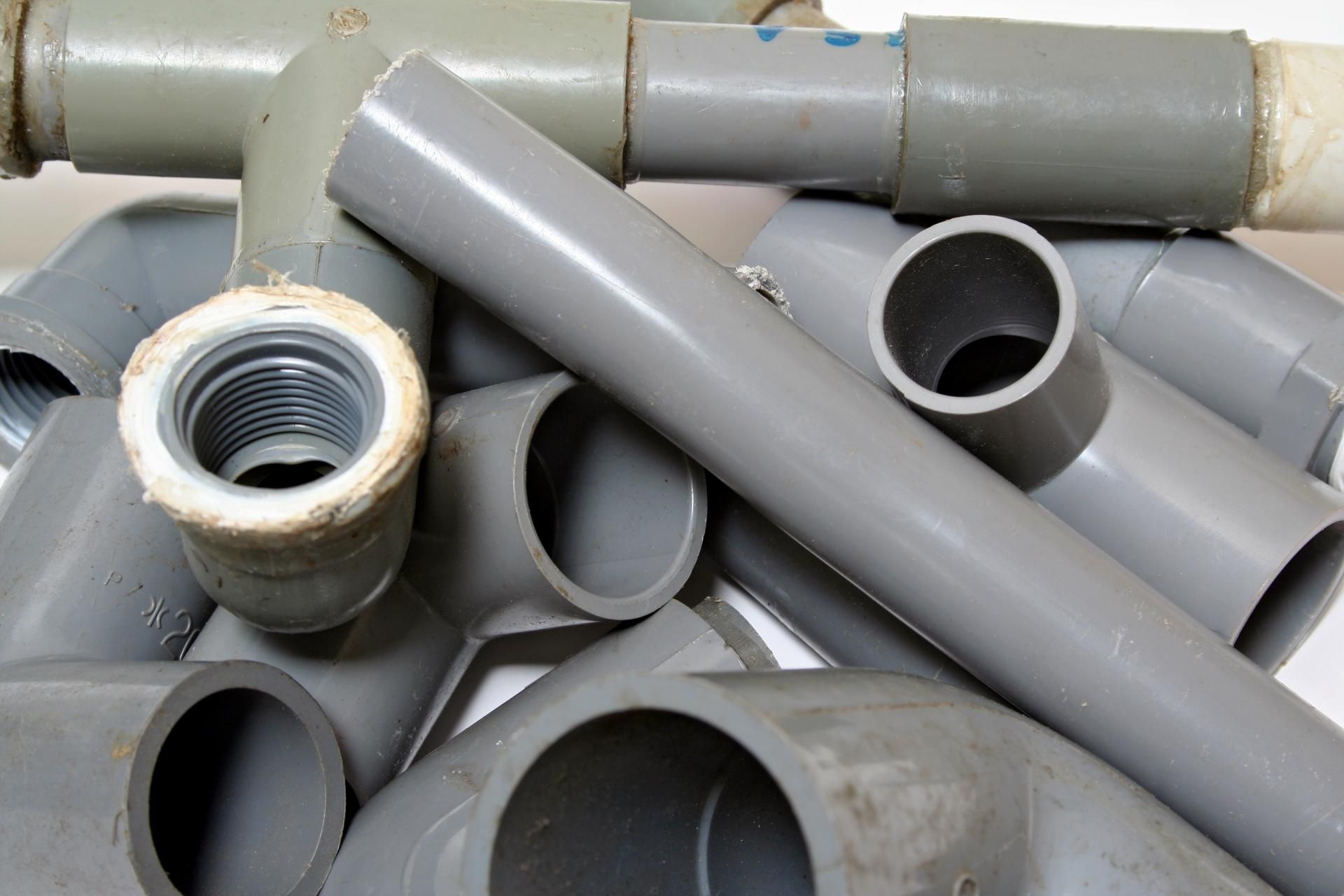Causes of Abnormally High Effluent Levels in Septic Tanks

The septic tank should never be completely full. Specifically, the waste level should not rise above the outlet. The tank is a temporary holding and treatment area for waste. Something is usually wrong with your septic system if it abnormally fills with either liquid or septic waste. Below are some reasons effluent might fill your septic tank.
Backflooding refers to effluent flowing from the surrounding environment into the septic tank. The effluent can be floodwater, septic waste, or any fluid around the septic system.
Backflooding might occur if:
The best way to confirm backflooding is to open the tank and see waste flowing through the inlet or outlet. Let a professional open the tank; you might slip and fall into the opening if you try a DIY diagnosis.
If something blocks the outlet and you continue to use your septic system, the effluent will accumulate until it overwhelms the tank. Moreover, outlet blockages are relatively harder to clear relative to inlet blockages. Below are a couple of reasons for outlet blockages.
The septic tank collects waste and allows bacteria to decompose it. The decomposition process also separates solid and liquid waste. Liquid waste flows out of the tank for disposal while solid waste accumulates. Periodically pump the tank to remove the solid wastes. Otherwise, they might accumulate and block all openings, including the outlet.
Tree roots have a way of getting into plumbing or septic pipes. The septic wastes have nutrients and moisture that trees need. Relatively new or sound pipes resist tree root intrusion better than aging pipes with cracks. Small roots can penetrate the cracks, grow, and block the outlet.
Effluent from your house should be the only thing entering your septic system. In fact, septic contractors design and size septic systems (including the tank) with the expected waste volume in mind. Thus, additional waste can overwhelm the tank. For example, floodwater can enter and fill the tank even with normal system usage.
Below are some parts of the system through which additional waste can get into the tank.
The wear and tear and impact of heavy machinery, such as vehicles, can damage the septic tank cover. A displaced or cracked cover can allow rainfall or surface runoff water to enter the tank.
Septic cleanouts allow contractors to maintain or service septic tanks. The cleanout typically sits between the house and the septic tank. Damage to this part of the system can allow rainfall or floodwater to get into the tank.
Ordinarily, cracks or damage on the tank allows effluent to flow out of the tank and contaminate the surrounding environment, which is also bad. However, the reverse might occur if rain or floodwater saturates the soil around the tank. The floodwater can seep into the tank and overfill it in such a case.
Lastly, water can also flow into the tank where the outlet and inlets connect to the tank. Such leakage is possible if you don't seal the pipe-tank connection properly.
Reduce water use in the house to reduce the effluent entering the tank if you suspect it's full. Otherwise, the effluent might leak into the environment or back up into your house. Next, contact Bowen's Septic Tank to diagnose and fix the problem. We have over 30 years of experience with residential, commercial, and industrial septic systems.
Backflooding
Backflooding refers to effluent flowing from the surrounding environment into the septic tank. The effluent can be floodwater, septic waste, or any fluid around the septic system.
Backflooding might occur if:
- The drainfield is flooded with floodwater, and the effluent has nowhere else to go but flow back into the tank
- Septic waste has overwhelmed the drainfield
- The drainfield is compacted, clogged, or has failed
- The septic pump has malfunctioned
- Something has cracked or disconnected the pipe that connects the tank to the drainfield
The best way to confirm backflooding is to open the tank and see waste flowing through the inlet or outlet. Let a professional open the tank; you might slip and fall into the opening if you try a DIY diagnosis.
Outlet Blockage
If something blocks the outlet and you continue to use your septic system, the effluent will accumulate until it overwhelms the tank. Moreover, outlet blockages are relatively harder to clear relative to inlet blockages. Below are a couple of reasons for outlet blockages.
Delayed Pumping
The septic tank collects waste and allows bacteria to decompose it. The decomposition process also separates solid and liquid waste. Liquid waste flows out of the tank for disposal while solid waste accumulates. Periodically pump the tank to remove the solid wastes. Otherwise, they might accumulate and block all openings, including the outlet.
Tree Roots
Tree roots have a way of getting into plumbing or septic pipes. The septic wastes have nutrients and moisture that trees need. Relatively new or sound pipes resist tree root intrusion better than aging pipes with cracks. Small roots can penetrate the cracks, grow, and block the outlet.
Tank Leakage
Effluent from your house should be the only thing entering your septic system. In fact, septic contractors design and size septic systems (including the tank) with the expected waste volume in mind. Thus, additional waste can overwhelm the tank. For example, floodwater can enter and fill the tank even with normal system usage.
Below are some parts of the system through which additional waste can get into the tank.
Cover or Riser
The wear and tear and impact of heavy machinery, such as vehicles, can damage the septic tank cover. A displaced or cracked cover can allow rainfall or surface runoff water to enter the tank.
Cleanouts
Septic cleanouts allow contractors to maintain or service septic tanks. The cleanout typically sits between the house and the septic tank. Damage to this part of the system can allow rainfall or floodwater to get into the tank.
Tank
Ordinarily, cracks or damage on the tank allows effluent to flow out of the tank and contaminate the surrounding environment, which is also bad. However, the reverse might occur if rain or floodwater saturates the soil around the tank. The floodwater can seep into the tank and overfill it in such a case.
Outlet and Inlet Connections
Lastly, water can also flow into the tank where the outlet and inlets connect to the tank. Such leakage is possible if you don't seal the pipe-tank connection properly.
Reduce water use in the house to reduce the effluent entering the tank if you suspect it's full. Otherwise, the effluent might leak into the environment or back up into your house. Next, contact Bowen's Septic Tank to diagnose and fix the problem. We have over 30 years of experience with residential, commercial, and industrial septic systems.
